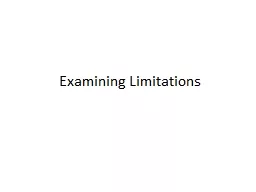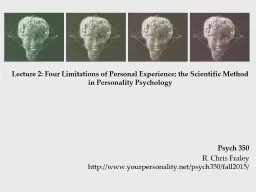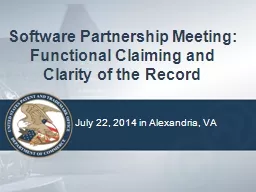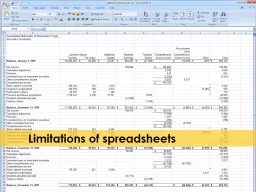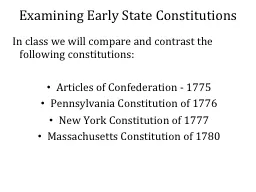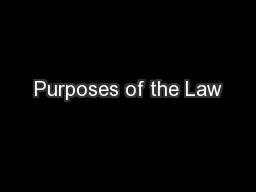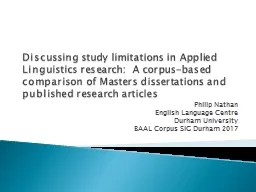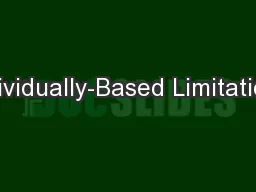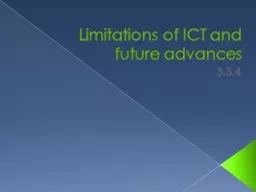PPT-Examining Limitations
Author : alexa-scheidler | Published Date : 2016-03-05
Reflect Remember yesterday we talked about the utility of our decisions All choices are made either consciously or unconsciously based on how happy they will make
Presentation Embed Code
Download Presentation
Download Presentation The PPT/PDF document "Examining Limitations" is the property of its rightful owner. Permission is granted to download and print the materials on this website for personal, non-commercial use only, and to display it on your personal computer provided you do not modify the materials and that you retain all copyright notices contained in the materials. By downloading content from our website, you accept the terms of this agreement.
Examining Limitations: Transcript
Download Rules Of Document
"Examining Limitations"The content belongs to its owner. You may download and print it for personal use, without modification, and keep all copyright notices. By downloading, you agree to these terms.
Related Documents

